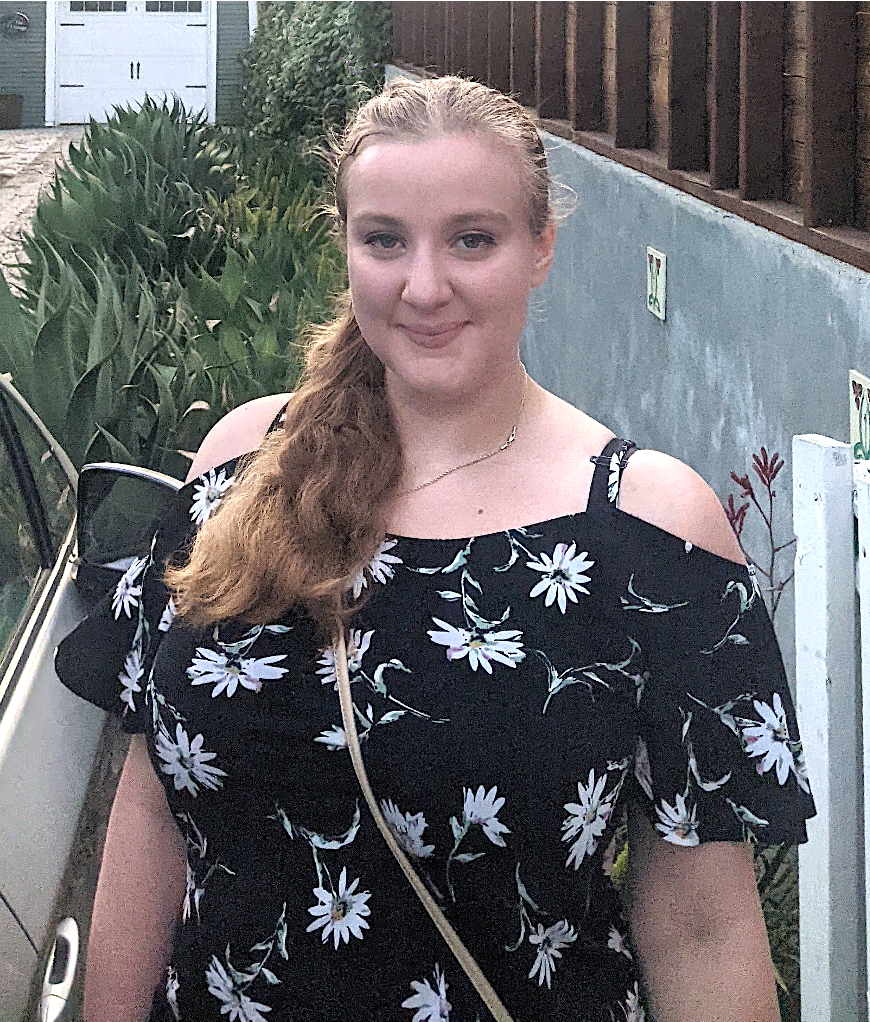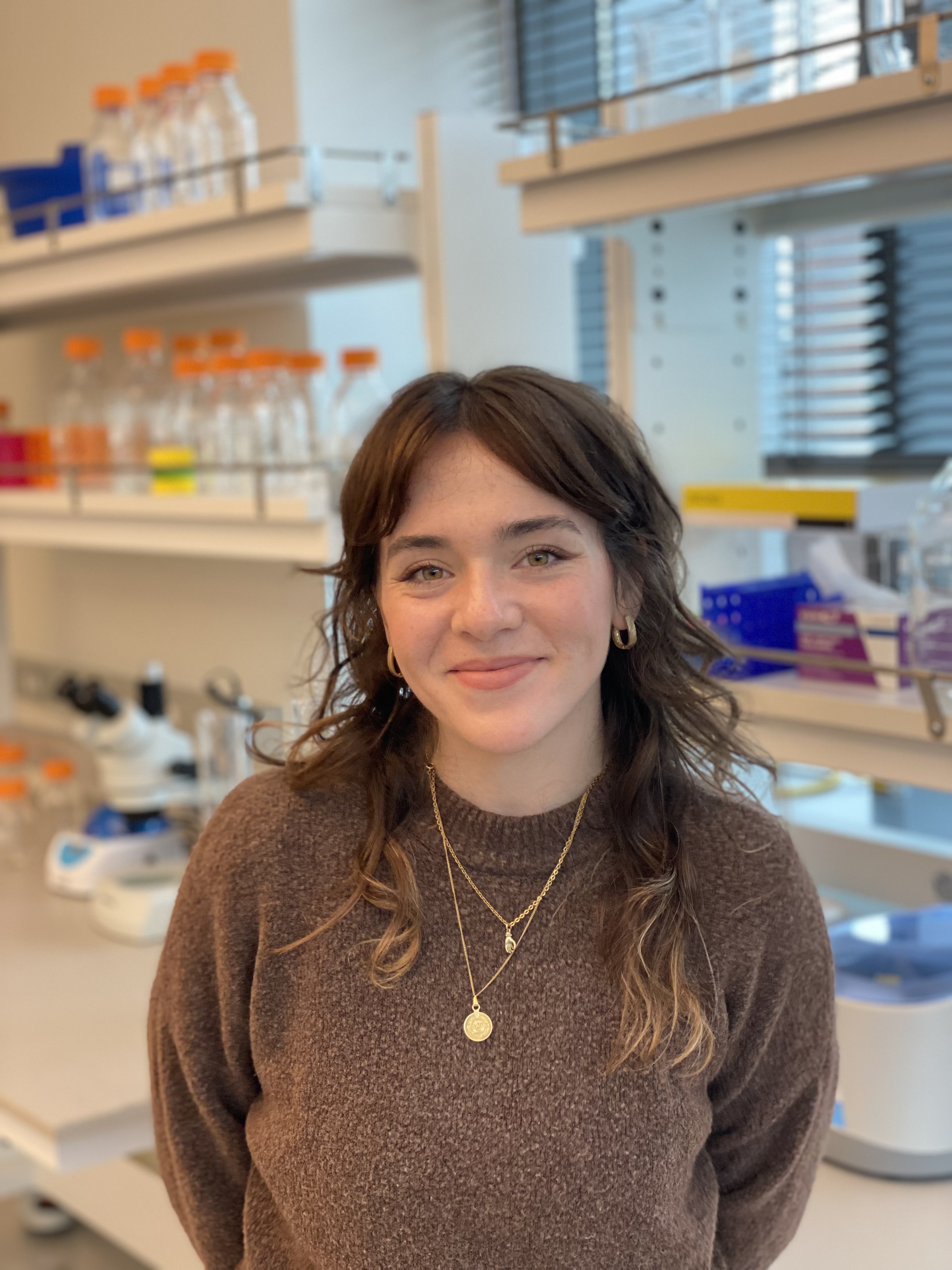Nano and Micro Technologies
(K-411) Towards 3D-Printed Autonomous Microfluidics for Rapid Measurement of Antiretroviral Drugs

Carrie Lin (she/her/hers)
Undergraduate Researcher
University of Washington
Castle Pines, Colorado, United States
Kelsey Leong, M.S.
Research Technologist
University of Washington, United States
Cara Brainerd
PhD Student
University of Washington, United States
Cosette Craig
PhD Student
University of Washington, United States
Ayokunle Olanrewaju
Mechanical Engineering and Bioengineering Assistant Professor
University of Washington, Washington, United States
Presenting Author(s)
Co-Author(s)
Primary Investigator(s)
Consistent adherence to antiretroviral therapy (ART) can prevent the progression of human immunodeficiency virus (HIV) into Acquired Immunodeficiency Syndrome (AIDS)[1,2]. However, of the 20 million people receiving ART, 30-40% of individuals do not maintain adequate medication adherence, so a rapid and accessible diagnostic measurement is necessary to prevent treatment failure[3].
Current gold-standard HIV drug level monitoring techniques—such as mass spectrometry—requires bulky and expensive instruments that are not widely accessible at the point-of-need[1,2,4]. Our group developed the REverSe TRanscrIptase Chain Termination (RESTRICT) enzymatic assay to rapidly and inexpensively measure nucleotide analog drugs based on their inhibition of DNA synthesis by HIV reverse transcriptase (RT)[4]. High-drug concentrations inhibit DNA synthesis and generate low fluorescence with an intercalating dye, while low-drug concentrations permit DNA synthesis and generate high fluorescence. We measured tenofovir diphosphate (TFV-DP), a nucleotide analog used in >90% of ART regimens that indicates long-term (1-3 month) adherence[5,6]. In a pilot evaluation study, we demonstrated the correlation between RESTRICT fluorescence and mass spectrometry measurements[7]. However, RESTRICT currently requires trained operators to complete multiple liquid-handling steps needed in the enzymatic assay.
To reduce user intervention and to minimize the need for laboratory equipment, we will harness capillaric microfluidics to self-propel liquids using only microchannel geometry and surface chemistry[8]. A rapidly fabricated, easy-to-use RESTRICT microchip would enable HIV adherence measurement at the point-of-need whether in a doctor’s office or a patient’s home.
Here, we show preliminary optimization of a 3D-printed capillaric microfluidic device to automate liquid handling steps required for RESTRICT.
Materials and Methods::
To achieve a proof of concept microfluidic RESTRICT-chip, we adapted the assay to produce comparable readout with shorter incubation times, optimized DNA synthesis reagent concentrations, iteratively designed and 3D printed microchips, and validated a paper pump liquid extraction method.
Minimizing assay duration for rapid diagnostic measurement: We conducted signal intensity maximization experiments with positive (“no drug”) and negative controls (“no enzyme”) for 15 and 30 minute incubation times. RESTRICT synthesizes single-stranded DNA templates with nucleotides, primers, HIV-reverse transcriptase (HIV-RT), and intercalating fluorescent dyes to measure the presence of antiretroviral drug activity. Fluorescence readout was measured with a plate reader and analyzed with GraphPad Prism.
Characterization of microfluidic flow rate: To achieve consistent liquid delivery time for controlled on-chip incubation, the microchip was designed in SolidWorks, rapidly fabricated with a stereolithographic (SLA) 3D-printer, plasma treated for a hydrophilic surface (36.6˚ contact angle), and sealed with a hydrophobic tape. Liquid flow rate was characterized by measuring the fluid front of a water-food dye solution to optimize the on-chip liquid delivery time.
Liquid extraction for off-chip fluorescence readout: While optimizing microchip design, we removed liquid from the chip for off-chip fluorescence measurements. Fusion5 paper was cut into 4.1 mm diameter circles and inserted into the microchip outlet to draw the liquid off the chip post incubation. The paper was removed from the chip, inserted into a microcentrifuge tube fitted with a custom designed 3D-printed filter, and centrifuged to collect liquid output off-chip (Figure 1).
Results, Conclusions, and Discussions::
Currently, RESTRICT reactions are incubated for 30 minutes, but a faster reaction would be more ideal for point of care testing[2]. Thus, we compared the fluorescence intensity from RESTRICT reactions carried out for 30 and 15 minutes (Figure 2). The net fluorescence intensity (positive minus negative controls) for 15-minute reactions was 84.5% that of 30-minute incubation reactions (N=3). Based on our past work, these results suggest that a 15-minute reaction would be sufficient to distinguish RESTRICT fluorescence readout between clinically relevant TFV-DP concentrations[2,4].
We iteratively designed, 3D-printed, and plasma treated capillaric microfluidic devices for self-propelled liquid flow, aimed to run a 15 minute incubation time. Compared to the designed 300 µm channel width, the average measured width was 303.5 ± 4.14 µm (N=14) (Figure 3).
To demonstrate that we can perform enzymatic reactions in 3D-printed capillaric microfluidics, we plan to incubate RESTRICT on-chip and complete initial fluorescence measurements off-chip with a microplate reader. Thus, it is imperative to extract liquid from the microchip prior to off-chip measurements. We conducted liquid extraction experiments using paper pumps inserted at the outlet of microchips (Video). Our custom designed filters inserted into centrifuge tubes then allowed us to spin liquid out of the paper pumps (Figure 1). We established that we could retrieve liquid from the microchip with high efficiency, which increased (up to 90.0%, N=3) as the total liquid on the paper increased (Figure 4). In the future, we will demonstrate the feasibility of RESTRICT run on-chip and fluorescence measured off-chip using the liquid extraction methods developed here. This is a first step towards integrating RESTRICT reactions and fluorescence readout on a microfluidic chip using trigger valves and retention burst valves for sequential addition of DNA synthesis reagents and intercalating dye[8].
By creating a rapidly fabricated microfluidic chip for automating the RESTRICT assay, we hope to achieve a hands-off device that removes external manipulation and increases the accessibility of HIV adherence monitoring in point-of-need settings without specialized equipment or highly trained operators.
Acknowledgements (Optional): :
We would like to thank the Theberge lab for assisting with contact angle measurements and plasma treating. We also thank the Meza lab for the use of their plasma chamber and centrifuge. Finally, we thank the members of the Ọlánrewájú lab for their time, support, and invaluable insights.
References (Optional): :
Drain, P. K., Bardon, A. R., Simoni, J. M., Cressey, T. R., Anderson, P., Sevenler, D., Olanrewaju, A. O., Gandhi, M., & Celum, C. (2020). Point-of-care and near real-time testing for antiretroviral adherence monitoring to HIV treatment and prevention. Current HIV/AIDS Reports, 17(5), 487–498. https://doi.org/10.1007/s11904-020-00512-3
Olanrewaju, A. O., Sullivan, B. P., Zhang, J. Y., Bender, A. T., Sevenler, D., Lo, T. J., Fernandez-Suarez, M., Drain, P. K., & Posner, J. D. (2020). Enzymatic assay for rapid measurement of antiretroviral drug levels. ACS Sensors, 5(4), 952–959. https://doi.org/10.1021/acssensors.9 b02198
Kim J, Lee E, Park BJ, Bang JH, Lee JY. Adherence to antiretroviral therapy and factors affecting low medication adherence among incident HIV-infected individuals during 2009-2016: A nationwide study. Sci Rep. 2018 Feb 16;8(1):3133. doi: 10.1038/s41598-018-21081-x. PMID: 29453393; PMCID: PMC5816616.
Olanrewaju, A. O., Sullivan, B. P., Gim, A. H., Craig, C. A., Sevenler, D., Bender, A. T., Drain, P. K., & Posner, J. D. (2022). REverSe TRanscrIptase chain termination (RESTRICT) for selective measurement of nucleotide analogs used in HIV care and prevention. Bioengineering & Translational Medicine. https://doi.org/10.1002/btm2.10369
Jennings, L., Robbins, R. N., Nguyen, N., Ferraris, C., Leu, C.-S., Dolezal, C., Hsiao, N.-yuan, Mgbako, O., Joska, J., Castillo-Mancilla, J. R., Myer, L., Anderson, P. L., Remien, R. H., & Orrell, C. (2022). Tenofovir diphosphate in dried blood spots predicts future viremia in persons with HIV taking antiretroviral therapy in South Africa. AIDS, 36(7), 933–940. https://doi.org/10.1097/qad.0000000000003185
Castillo-Mancilla, J. R., Zheng, J.-H., Rower, J. E., Meditz, A., Gardner, E. M., Predhomme, J., Fernandez, C., Langness, J., Kiser, J. J., Bushman, L. R., & Anderson, P. L. (2013). Tenofovir, emtricitabine, and tenofovir diphosphate in dried blood spots for determining recent and cumulative drug exposure. AIDS Research and Human Retroviruses, 29(2), 384–390. https://doi.org/10.1089/aid.2012.0089
Olanrewaju, A.O., Sullivan, B.P., Bardon, A.R. et al. Pilot evaluation of an enzymatic assay for rapid measurement of antiretroviral drug concentrations. Virol J 18, 77 (2021). https://doi.org/10.1186/s12985-021-01543-x
Olanrewaju, A. O., Robillard, A., Dagher, M., & Juncker, D. (2016). Autonomous Microfluidic Capillaric circuits replicated from 3D-printed molds. Lab on a Chip, 16(19), 3804–3814. https://doi.org/10.1039/c6lc00764c
